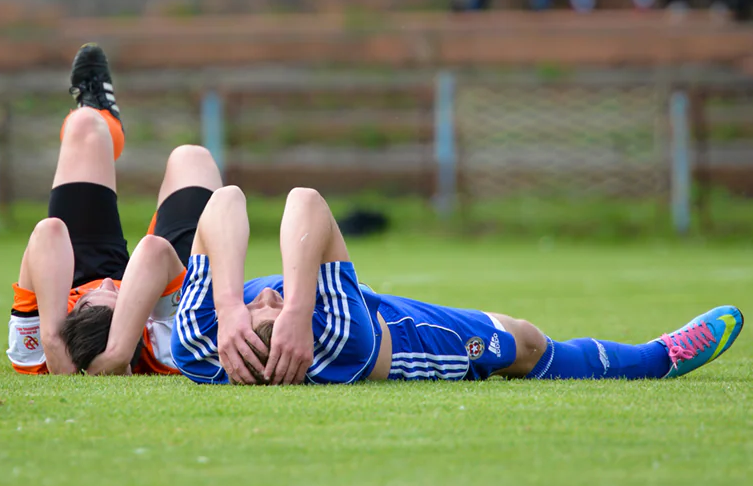Understanding Sports-Related Concussions & How To Prevent Them
 Sports are a favorite pastime for many of us. Whether it’s watching a live event or participating yourself, the love of the game is strong. However, certain contact sports come with serious risks. One such risk we all need to be more aware of is concussions.
Sports are a favorite pastime for many of us. Whether it’s watching a live event or participating yourself, the love of the game is strong. However, certain contact sports come with serious risks. One such risk we all need to be more aware of is concussions.
Occurring more than 3.8 million times each year in the U.S., this type of sports-related injury has become all too common, with the number of instances expected to rise as diagnostic technology advances. If you or someone you love participates in sports, you need to understand the dangers, how to recognize signs and how to prevent concussions.
First, let’s start with what a concussion entails. Concussions are known medically as mild traumatic brain injuries. The term “mild” is used because they are very rarely fatal — but that doesn’t mean they aren’t serious. Concussions occur when the brain is moved violently within the skull due to some type of impact. It could be a blow to the head or a powerful jolt to the body, causing the head to jerk suddenly. The force of this movement damages the brain to some extent, generating changes in how it functions.
When a concussion occurs, it can be difficult to understand the damage the injury has caused. Side effects that others may observe include confusion, incoherency, slurred speech or vomiting. The person affected may experience various symptoms depending on the severity. These range from dizziness and fatigue to memory loss and difficulty concentrating. Psychological symptoms may also present later on, with depression, irritability and anxiety all being frequently documented.
It’s important to know that such signs and symptoms may appear minor or might not present at all. This makes seeking medical attention immediately essential. What’s more, early medical intervention can help to mitigate possible long-term effects. Although these may not be noticed until later in life, they may be life-altering just the same. Studies have shown concussions, especially recurrent ones, increase the risk of neurodegenerative diseases, such as chronic traumatic encephalopathy and Alzheimer’s disease.
How might athletes better protect themselves from concussions? One route is to choose a more low-impact sport. Another is to utilize certain techniques and maneuvers to help minimize head contact. Such methods are becoming more commonplace, especially for youth athletes in high-contact sports.
Aside from these two tactics, one advantageous approach is to invest in the right equipment. High-quality gear that fits well goes a long way in protecting the player from harm. Helmets in particular should be chosen and maintained carefully. Many helmets today even include expiration dates. Going forward, all players and parents of young athletes should adhere to these warnings, keep tabs on the wear and tear of equipment and replace gear as needed. After all, as you’ve read, there is a lot riding on gear to perform optimally.
Want to learn more about concussions in sports? Check out the accompanying resource from Pro Stock Hockey for further information.
https://medmal-law.com/the-dangers-of-concussions-in-youth-sports/
http://www.protectthebrain.org/Brain-Injury-Research/What-is-a-Concussion-.aspx
https://www.bch.org/latest-news/2022/november/dr-ballantine-on-sports-concussions-it-takes-a-d/
Infographic created by Prostockhockey.com, Painstakingly Curated Inventory of Pro Stock Hockey Sticks and More